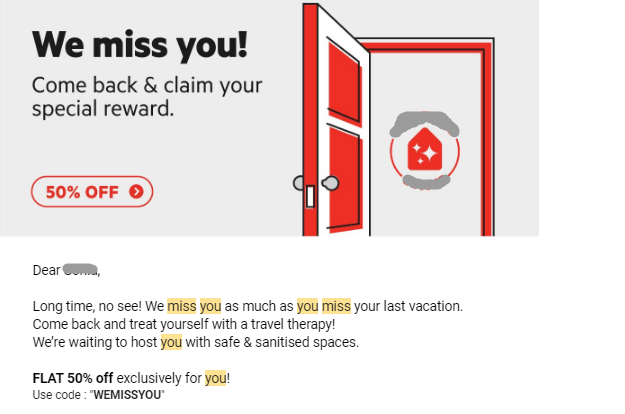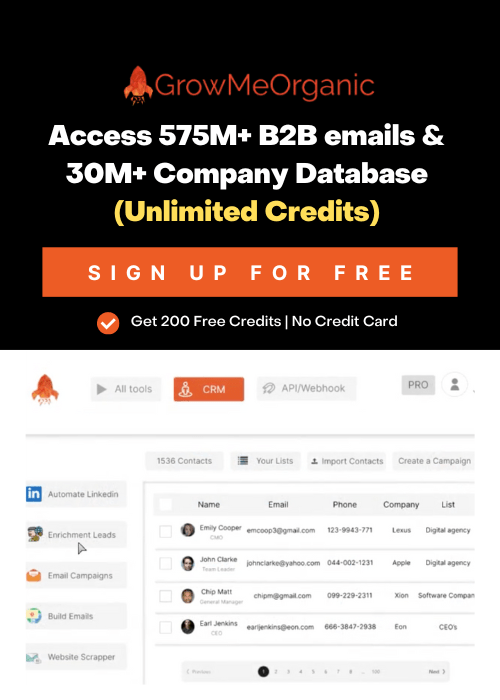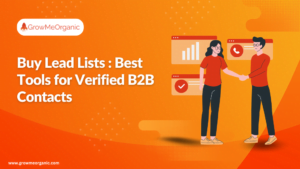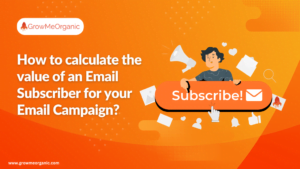Building your email list by crafting a perfect welcome email is always a daunting task. Even then also some subscribers seem to lose their interest. So, they might not click on your emails anymore or maybe they are not purchasing anything.
In email marketing, sometimes your subscribers need a little attention on your emails. That is why reactivation emails are necessary. These emails help to win back inactive subscribers with an automated reactivation email that they can’t resist.
In this article, you will know about how to write reactivation emails with their examples.
What is a Reactivation Email?
A reactivation email or re-engagement email is sent to inactive subscribers. These inactive subscribers are the contacts who are no longer interacting with your email campaigns.
Since reactivation emails are based on subscriber behavior you’ll need to create an automated workflow for your email campaigns.
Why Sending Reactivation Emails is Important?
It is always important to nurture the contacts and customers you already have. Your old subscribers are the people who have already shown an interest in your brand. Also, they are normally less expensive than finding new contacts.
A reactivation email will help you to achieve-
- High engagement stats.
- Monthly sales Target.
- Email deliverability
- A clean email list
That is why if your audience is not engaging with your emails your efforts will have limited value.
How to Write a Reactivation Email Through a Gentle Reminder?
Your reactivation should have the following points included in it.
A great subject line- While re-engage subscribers always make sure they open your emails. Write the subject line based on the interest of the user.
Personalization- Personalize your email in such a way that it shows the subscriber that you know them.
The right time to send- Never wait for too long to send your reactivation emails. Send them before they completely disengage.
Test your email- Always test your emails. Optimize your email workflow by testing subject lines, content, email frequency, and timing.
Mistakes While Sending Reactivation Emails
Sending one email- To re-engage subscribers you need to send more than one email to win them back. Plan some follow-up emails that will gradually re-engage them.
Sending the wrong type of reactivation email- Always consider the target audience before sending the emails. Know the reasons for their disengagement. Then match the content with their needs.
Continue contacting many times- If a subscriber is still not interested then let them go. This way you will be able to remove truly inactive subscribers.
Reactivation Email Examples
We’ve Missed You Email
These types of emails are focused on users. It shows them how important they are for your organization. Never remind them that they’ve been inactive. Send them a gentle reminder of why they signed up in the first place.
Special Offer Email
Everyone loves a bargain so, lure back subscribers with an exclusive offer. Remind them about the latest offering that you have based on their interest.
Do You Still Want to Hear From Us? Email
Sometimes a subscriber does not opt-out from services, removing them from your list is the best option. These subscribers carry the risk of hampering your engagement metrics. It is always better to ask to find out if a subscriber is truly disengaged.
Be sure to remove those who have never responded at all. If they are still not interested then they won’t be in the future as well.
Feedback Emails
Feedback emails put the power in the hands of the subscriber. In these, you will be asking them what they’d like to see in your emails. Even if you are not able to re-engage them, you’ll still gain useful feedback for your future emails.
Here’s What You’ve Missed Email
Poor engagement does not depict that a subscriber will never be interested. Also, you are not the only company sending them emails. Subscribers may sometimes forget to read them.
That is why highlight to your subscribers what you have to offer them. Show them what they have missed. You can mention some useful content or new features.
About Post Author
Anant Gupta
Growth Hacker, Marketing Automation Enthusiast & Founder of GrowMeOrganic












